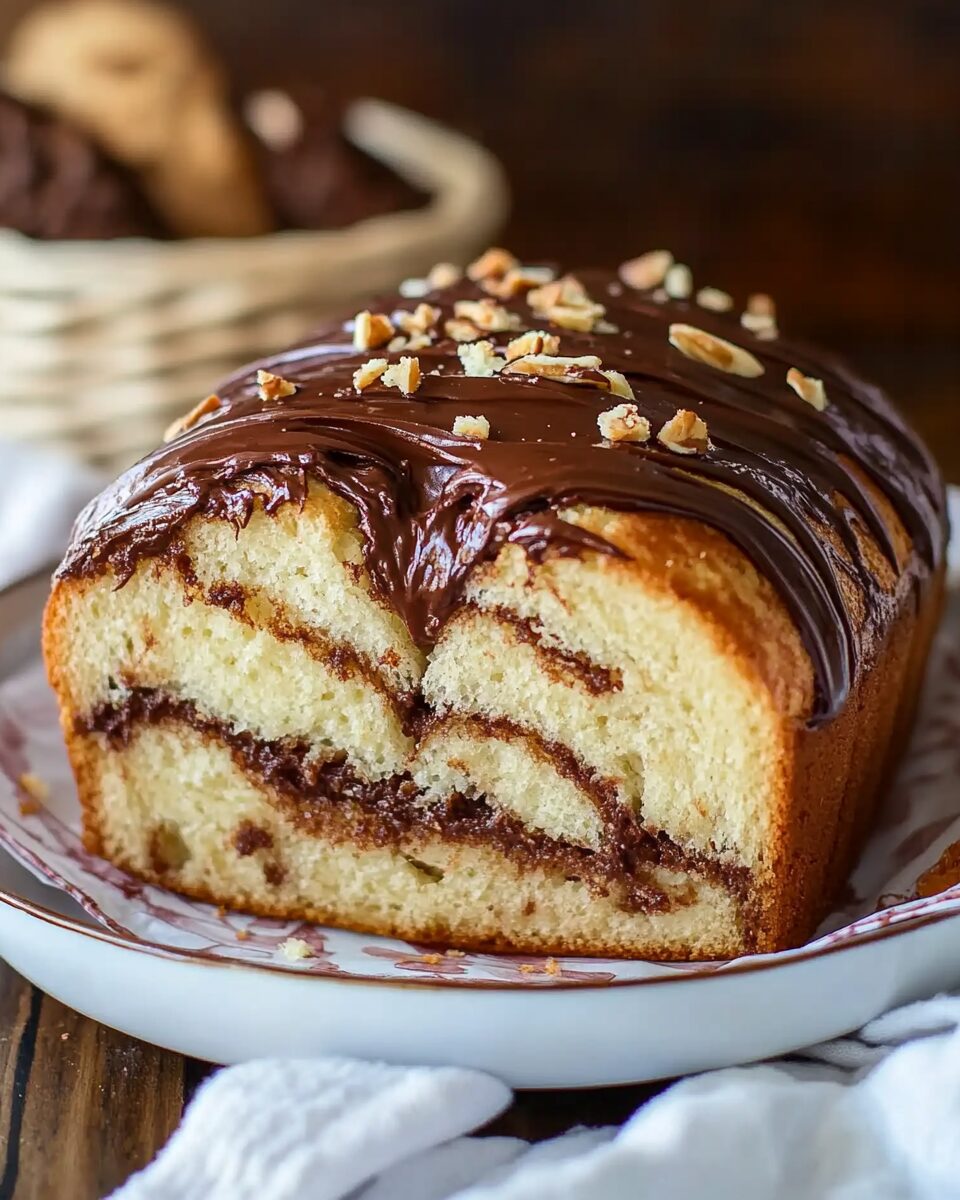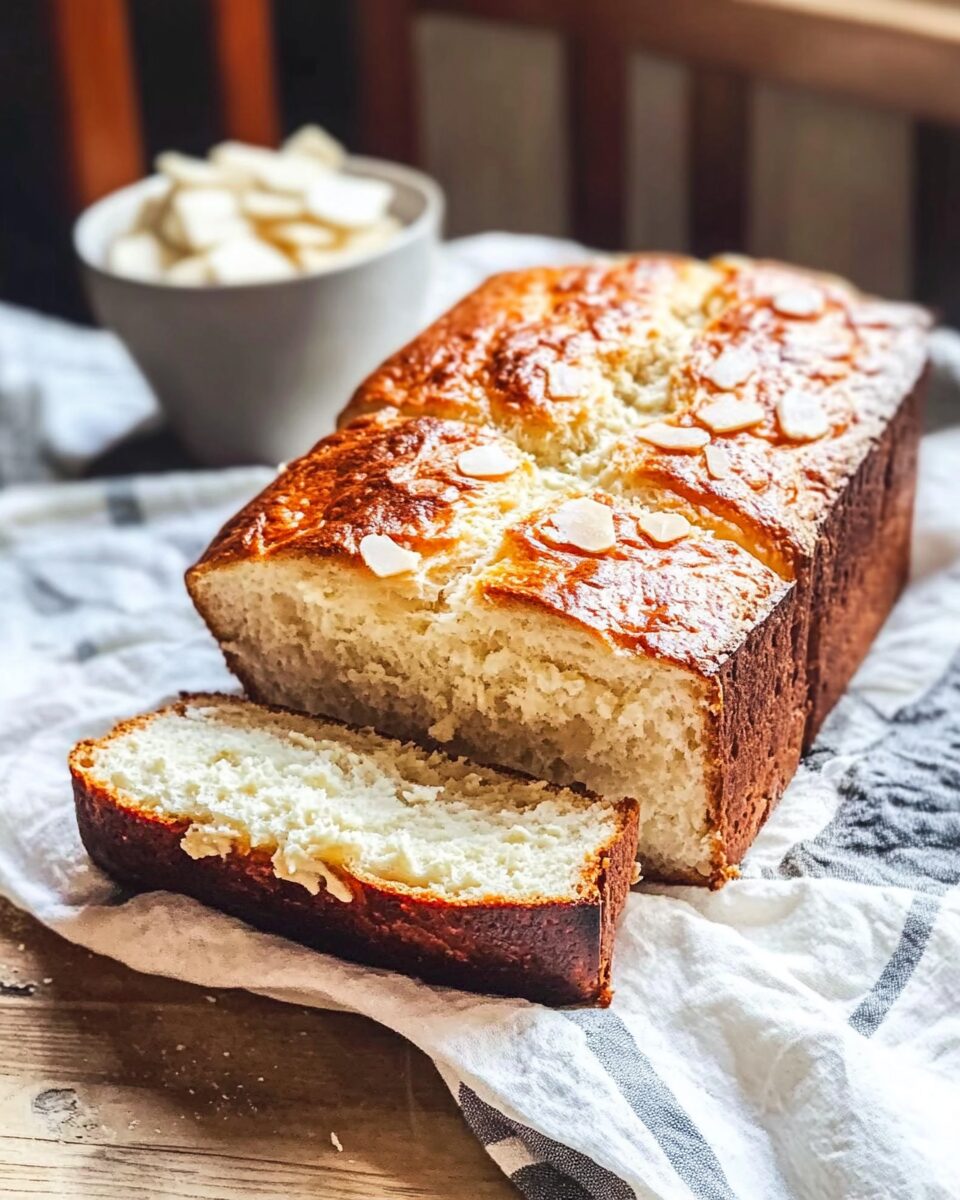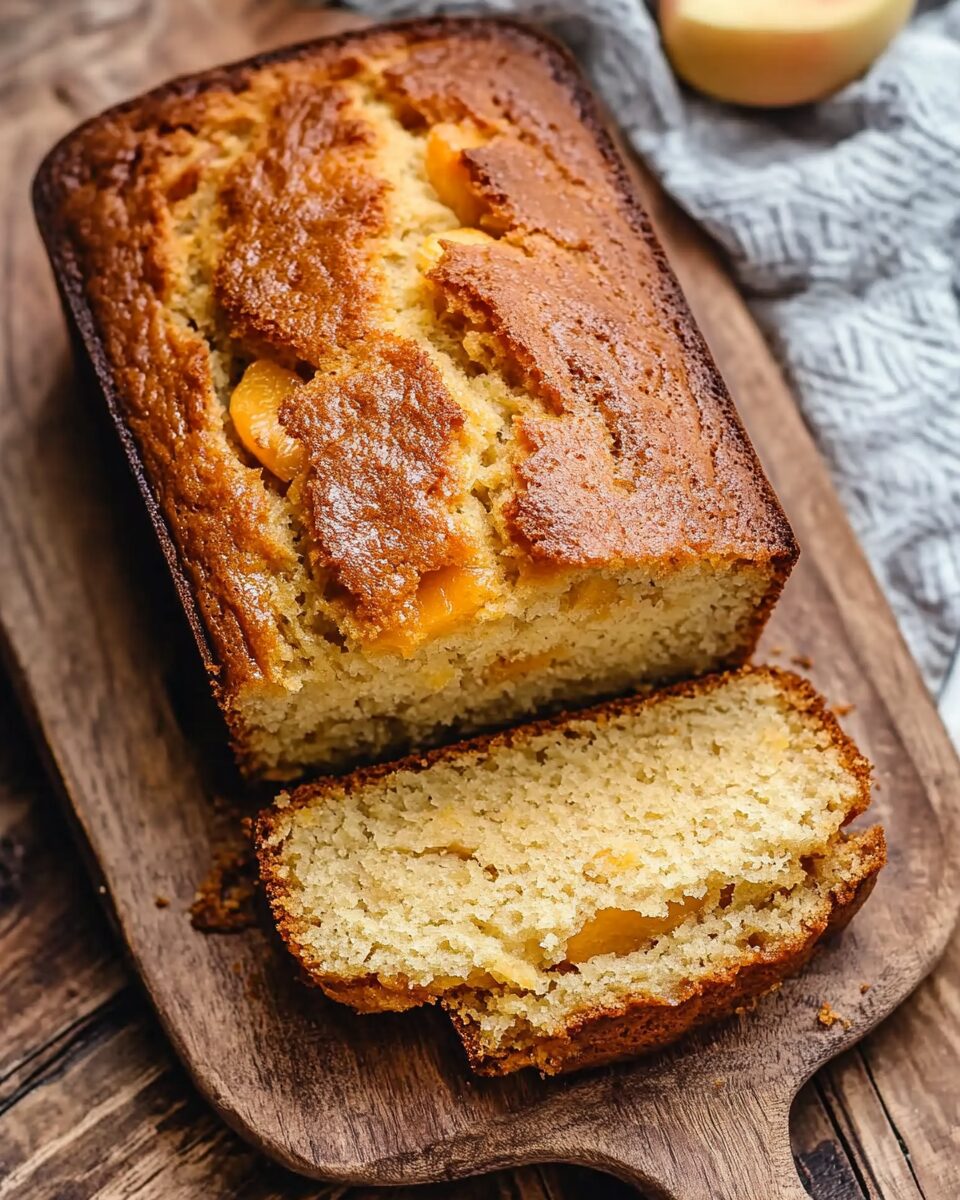Scandinavian rye bread is a dense, hearty loaf that plays a vital role in Nordic cuisine. Known for its rich, earthy flavor and substantial texture, this bread is commonly made with coarse rye flour and whole rye kernels. Unlike lighter white or wheat breads, Scandinavian rye is deeply satisfying, often used as the base for open-faced sandwiches topped with cheeses, meats, or smoked fish. One of its defining characteristics is its long fermentation process, which enhances the bread’s digestibility and flavor. With its long shelf life and high nutritional content, this bread is both practical and nourishing. It also makes use of buttermilk and treacle for added depth and moisture, resulting in a rustic loaf that’s as flavorful as it is wholesome.
Full Recipe:
Ingredients
- 100 ml buttermilk
- 3 g dried active yeast (approximately ½ teaspoon)
- 75 g coarse rye flour
- 500 g coarse rye flour
- 2 teaspoons fine salt
- 250 g rye kernels
- 1 tablespoon treacle
- 200 ml buttermilk
- 125 g mixed seeds
- Oil or butter, for greasing the tins
Directions
- Make the pre-ferment: Mix 100 ml buttermilk with dried yeast and 75 g rye flour until it forms a stiff paste. Cover and let it sit at room temperature for 72 hours, until bubbly and sour.
- Make the dough: In a large bowl, combine the pre-ferment, 500 g rye flour, salt, and rye kernels. Dissolve the treacle in warm water and mix with the buttermilk. Add to the flour mixture and mix until you get a porridge-like dough. Cover and prove for 24 hours.
- Soak rye kernels and prepare tins: Soak 125 g rye kernels in boiling water for 30 minutes. Grease two loaf tins (21 x 11 x 7 cm).
- Combine and rest: Mix soaked kernels and seeds into the dough. Divide between tins, smooth the tops, and allow to rise at room temperature for 3 hours.
- Bake: Preheat oven to 170°C (150°C fan)/325°F/gas mark 3. Bake for 3 hours. Cover with foil if they brown too much.
- Cool completely: Let cool fully in the tins. For best results, wait 12–24 hours before slicing.
Nutrients (Per serving, approximate)
- Calories: 443 kcal
- Carbohydrates: 63 g
- Protein: 10 g
- Fat: 17 g
- Saturated Fat: 10 g
- Polyunsaturated Fat: 1 g
- Monounsaturated Fat: 5 g
- Trans Fat: 0.2 g
- Cholesterol: 59 mg
- Sodium: 326 mg
- Potassium: 245 mg
- Fiber: 4 g
- Sugar: 24 g
- Vitamin A: 276 IU
- Vitamin C: 0.3 mg
- Calcium: 72 mg
- Iron: 4 mg
History and Origins of Scandinavian Rye Bread
Rye bread’s roots in Scandinavia can be traced back to ancient times, where rye was considered the staple grain in many Nordic households. Rye is a hardy grain that grows well in colder climates, making it an ideal crop for regions with short growing seasons and less fertile soil. Unlike wheat, which requires more warmth and care, rye could endure the colder temperatures and shorter growing periods typical of Scandinavia.
The rye bread of Scandinavia is thought to have been made for centuries, dating back to the Viking era. As these early inhabitants of Scandinavia needed food that could withstand long journeys, rye bread became an essential part of their diet. Its shelf life, which lasts longer than other types of bread, made it an ideal choice for survival in harsh conditions.
Over the years, Scandinavian rye bread recipes were passed down through generations, evolving in response to cultural influences, local traditions, and available ingredients. One such influence was the introduction of buttermilk and treacle into the bread-making process. These ingredients added not only moisture and richness but also contributed to the characteristic tangy flavor of the bread.
Cultural Importance of Rye Bread in Scandinavia
Rye bread is not just a dietary staple in Scandinavia; it holds cultural significance as well. In many Nordic countries, rye bread is associated with both everyday meals and special occasions. It is commonly enjoyed as part of a traditional Scandinavian breakfast, often paired with butter, cheese, or cured meats, and is a must-have for holiday meals and celebrations.
One of the best-known uses of rye bread in Scandinavia is in the preparation of “smørrebrød,” or open-faced sandwiches, which are popular in Denmark and Sweden. These sandwiches consist of thin slices of rye bread topped with various fillings, such as pickled herring, smoked salmon, liver pate, or cold cuts, making them a flavorful and versatile dish. Similarly, in Finland, rye bread is commonly served alongside a variety of soups and stews, complementing the richness of these dishes.
Beyond the kitchen, Scandinavian rye bread has cultural and symbolic value. For instance, in Sweden, rye bread is often associated with the concept of “fika,” a beloved tradition of having coffee with a sweet or savory snack. Rye bread has also been a key element of Scandinavian feasts, providing a sturdy and satisfying base to various other festive dishes, from gravlax (cured salmon) to herring dishes.
The Science Behind Scandinavian Rye Bread’s Dense Texture
One of the defining characteristics of Scandinavian rye bread is its dense, compact texture, which sets it apart from the light and fluffy loaves made from wheat flour. This texture results from the unique properties of rye flour itself, which contains a lower amount of gluten than wheat flour. Gluten is the protein responsible for the elasticity and rise in traditional bread doughs, and since rye flour doesn’t contain as much gluten, it doesn’t rise in the same way as wheat flour.
To compensate for this, Scandinavian rye bread recipes often incorporate a long fermentation process, which allows the dough to develop flavor and texture over time. In traditional recipes, a sourdough starter or pre-ferment is used to introduce natural yeast and bacteria into the dough. This fermentation process not only contributes to the tangy, sour flavor of the bread but also helps break down the starches and makes the bread more digestible.
The use of buttermilk, treacle, and sometimes malted barley flour also adds moisture, sweetness, and richness to the dough, balancing out the natural sourness from the fermentation process. These ingredients contribute to the overall complexity of the bread, giving it a flavor profile that is both savory and slightly sweet, with deep, earthy undertones.
Health Benefits of Scandinavian Rye Bread
Beyond its hearty texture and bold flavor, Scandinavian rye bread offers several health benefits, making it an excellent choice for those looking for nutritious alternatives to traditional white bread.
Rich in Fiber: Rye flour is high in fiber, especially soluble fiber, which has been shown to support digestive health, regulate blood sugar levels, and lower cholesterol. The fiber content in rye bread makes it a filling and satisfying food, ideal for those looking to stay fuller for longer.
Low Glycemic Index: Rye bread has a lower glycemic index (GI) compared to white bread, meaning it causes a slower, more gradual rise in blood sugar levels. This makes it a better choice for individuals with diabetes or those seeking to manage their blood sugar levels. The lower GI of rye bread is due to the presence of fiber and the slower fermentation process, which helps slow down the breakdown of carbohydrates.
Nutrient-Dense: Rye bread is a good source of essential nutrients like iron, calcium, magnesium, and B vitamins, particularly folate. These nutrients play an important role in supporting overall health, from maintaining strong bones and muscles to promoting healthy skin, hair, and metabolism.
Improved Digestive Health: The high fiber content of rye bread helps to support the growth of beneficial gut bacteria, improving gut health and promoting regular bowel movements. Rye is also known for its prebiotic properties, which feed the good bacteria in the gut, contributing to a balanced microbiome.
Using Scandinavian Rye Bread in Various Culinary Applications
Scandinavian rye bread’s dense, hearty texture makes it perfect for a variety of culinary applications. It is often used as the base for “smørrebrød,” the Danish open-faced sandwich, which is one of the most popular ways to enjoy rye bread in Scandinavia. The bread’s robust flavor can handle rich toppings such as pickled herring, cold cuts, or cheese, and it can also be paired with pickled vegetables and spreads for a more contemporary twist.
In Finland, rye bread is often served with hearty soups and stews, where its density soaks up the flavors of the broth and complements the richness of the dish. In Sweden, it may be used for traditional dishes like gravlax (cured salmon) or paired with butter and cheese for a satisfying snack or breakfast.
Another way to use Scandinavian rye bread is to turn it into rye croutons or breadcrumbs. The dense texture makes it an excellent candidate for toasting or grinding into breadcrumbs for soups, salads, or stuffing. The bread also makes a delicious base for rye-based bread pudding, a sweet treat that utilizes the bread’s natural sweetness and density.
Tips for Baking the Perfect Scandinavian Rye Bread
To achieve the best results when baking Scandinavian rye bread at home, there are a few tips to keep in mind:
Use a high-quality rye flour: The quality of your rye flour plays a major role in the final texture and flavor of the bread. Look for a coarse rye flour for a traditional Scandinavian loaf, as this will give the bread its characteristic density and flavor.
Be patient with fermentation: The long fermentation process is key to developing the full flavor of the bread. Don’t rush it—let the dough ferment and rise slowly at room temperature for the best results.
Moisture is key: Rye bread tends to be dry, so adding enough moisture, either from buttermilk, treacle, or a sourdough starter, is essential for achieving the right texture. Don’t be afraid to adjust the dough consistency as needed.
Let the bread cool completely: Like many types of bread, Scandinavian rye bread benefits from a resting period after baking. Allow it to cool completely before slicing to prevent it from becoming too soft and sticky.
Conclusion
Scandinavian rye bread is a unique and beloved staple that reflects the enduring culinary traditions of Nordic countries. Its dense, earthy texture and rich flavor make it an ideal companion for a wide variety of dishes, from savory open-faced sandwiches to hearty soups. Not only is it delicious, but it also offers numerous health benefits, including high fiber content and a low glycemic index, making it a nourishing choice for those looking for a wholesome, satisfying bread.








